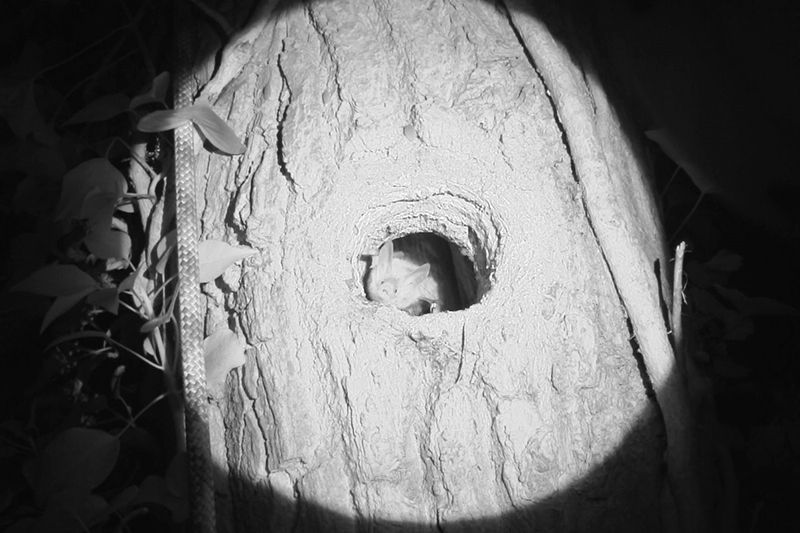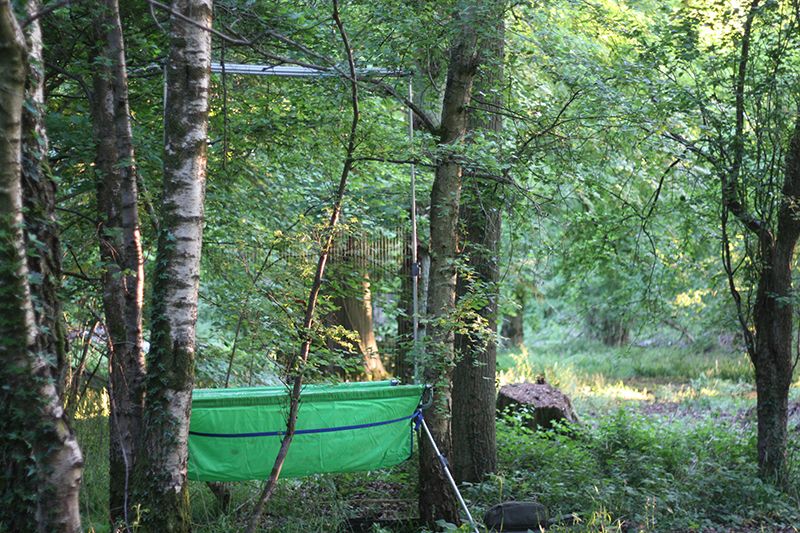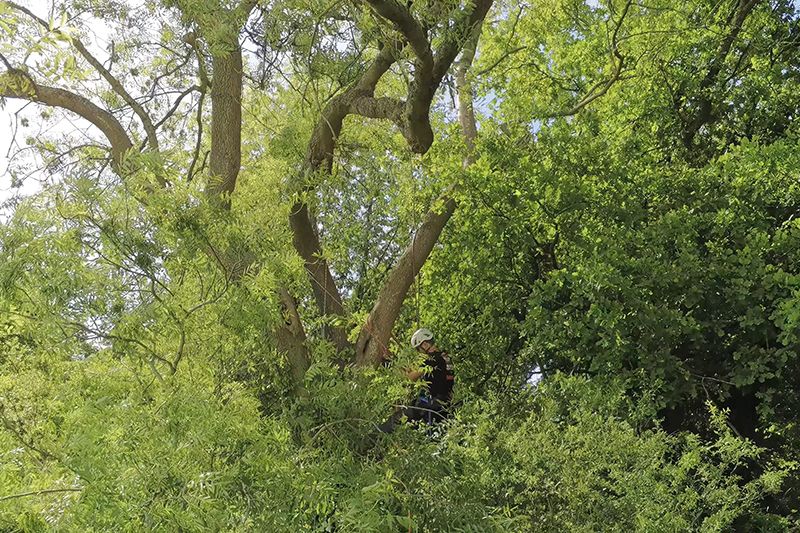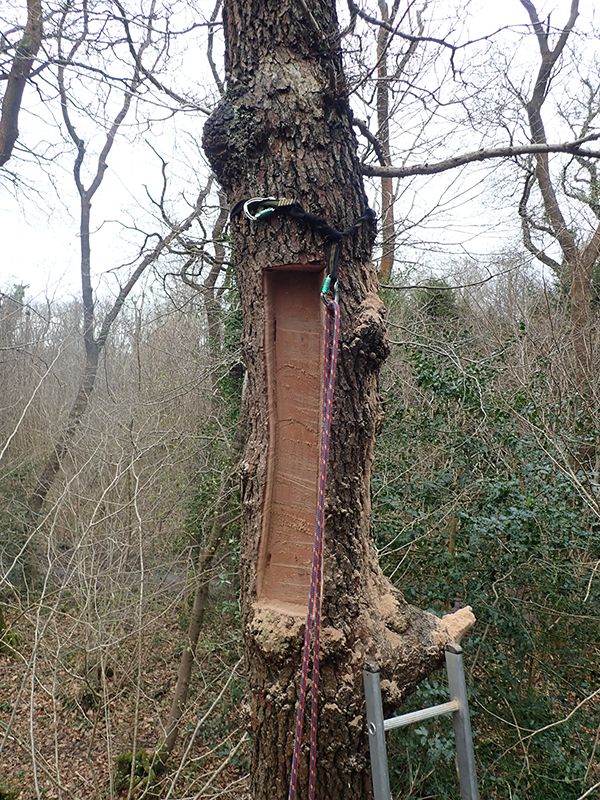Monitoring tree roosts for bats

Protecting tree roosts is not only difficult because it’s tricky to find them, but also because many bats frequently change their behaviour when it comes to choosing where to roost.
Protecting a species involves not just protecting the animals but also their homes. For bats, this means safeguarding their roost sites. But finding and monitoring tree roosts used by bats is a real challenge. Current methods are limited in how good they are and it’s likely that many roosts are missed. Luckily, a new study led by Jim Mullholland is aiming to improve how we look for the roosts of two of our most threatened and charismatic woodland bat species: Bechstein’s and barbastelle bats.
How do we find and protect bat roosts?
Where tree roosts can be identified and protected, their intrinsic dynamic nature means that they will not remain viable forever. Trees fall over, features get damaged, conditions change due to continued decay. Right now we don’t have good ways to compensate for these issues. Some tree-dwelling bats will use bat boxes, but they’re not great. Their fluctuating temperatures and altered humidity mean conditions inside are sub-optimal compared with a natural tree roost.
This may well impact how resilient a local population is, could impact the bats’ breeding success or changes of surviving overwinter. If we can understand and work out how to speed up the creation of natural features that will offer suitable roost sites, then we can offer advice on how to manage habitat in a way favourable for tree roosting bats.
Protecting tree roosts is not only difficult because it’s tricky to find them. But also because many bats, including barbastelles and Bechstein’s, frequently change their behaviour when it comes to choosing where to roost. The field signs that give away tell-tale structures in trees aren’t as obvious or long-lasting as those of roosts in buildings.
Snap-happy bats and creating new roosts
Jim’s pilot study has shown that using wildlife trail cameras can deliver impressive results to help survey roost sites. Cameras should be more accurate and less invasive than climbing trees and disturbing a roost. Jim has to work out what methods will work best: video or still, how many cameras per roost, what angle to put them at. When he has the answers, this method has the potential to offer a cost effective and robust solution.
The second part of Jim’s work involves investigating how to create new roosts. These will be created in living trees using chainsaws. Bechstein’s like to roost in cavities like old woodpeckers’ nests. Barbastelle bats prefer crevices, behind large sheets of bark that are coming loose. The design of the different roosts will reflect the different species requirements and will be monitored for signs of use.
We hope that this investigation will give us really useful information to share with woodland managers and bat monitors to help ensure secure roosting sites for our woodland bats.
This project is only possible thanks to our generous donors. Can you help by donating today?



